Ice core data show why air pollution is dropping more slowly in US and Western Europe despite lower sulfur emissions
Green Car Congress
JUNE 1, 2021
This makes conversion of sulfur dioxide to sulfate more efficient. We need to understand this multiphase chemistry in the atmosphere to design an efficient strategy to manage air pollution and accurately predict future air pollution and climate change impacts.

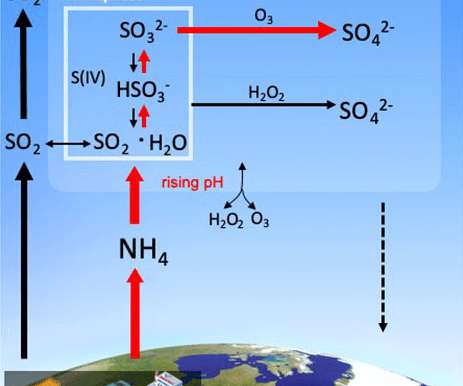









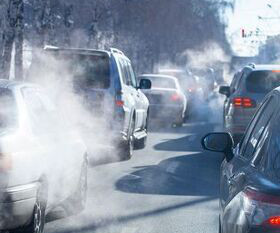
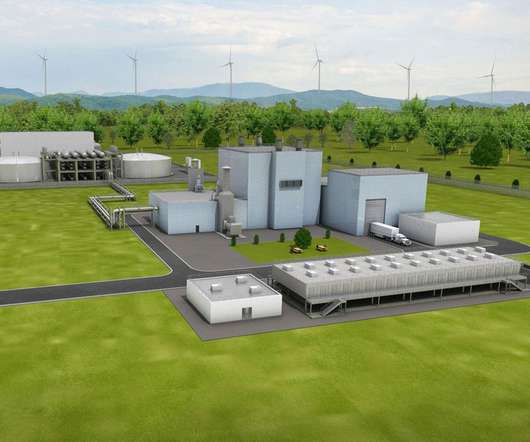
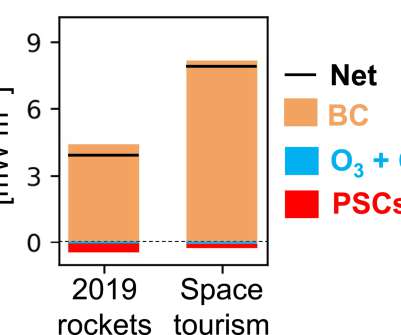


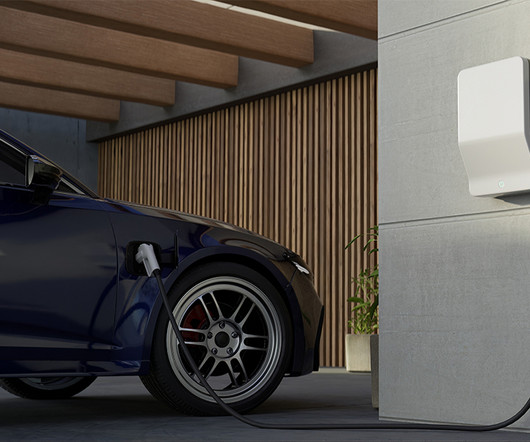





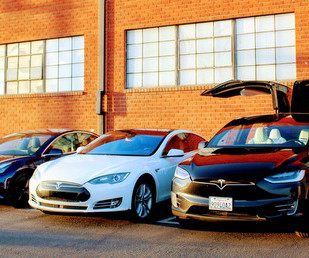



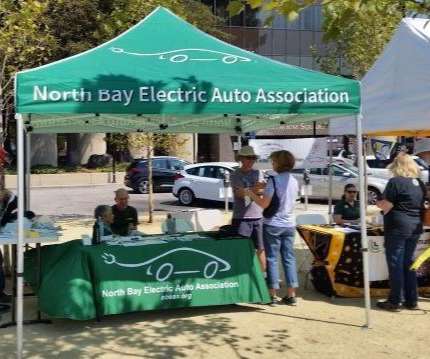





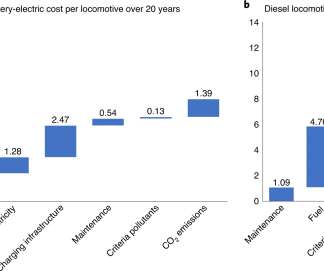
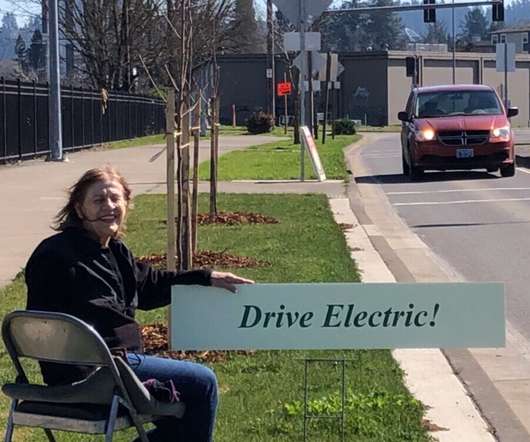


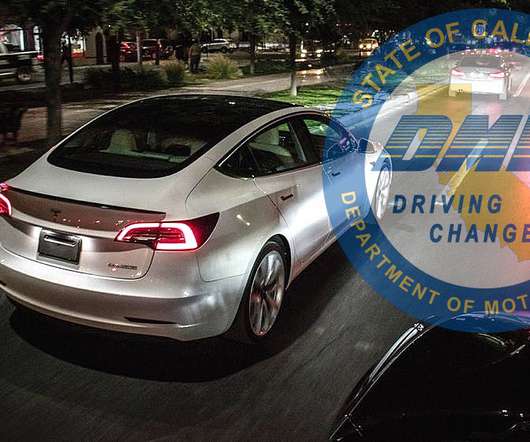







Let's personalize your content